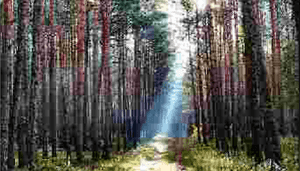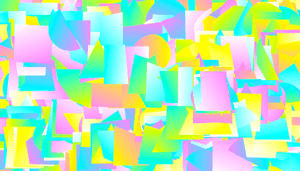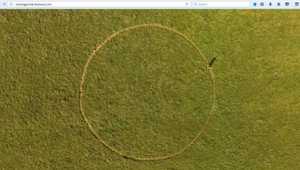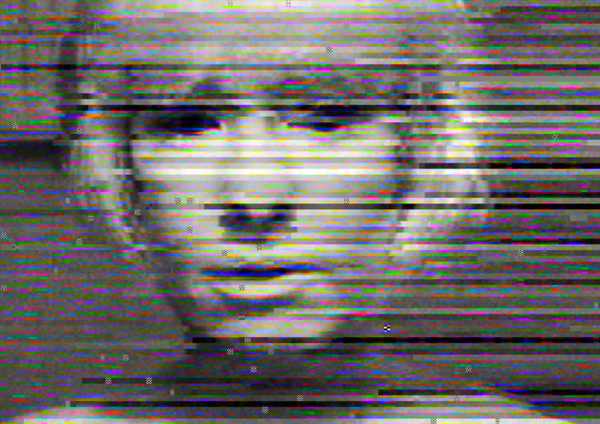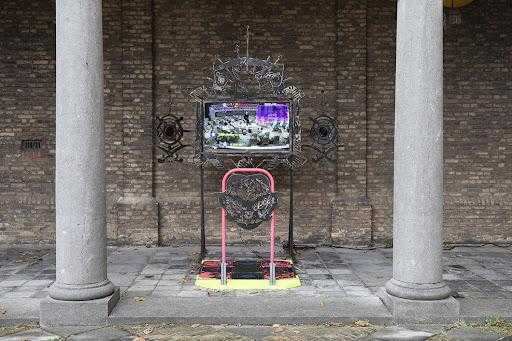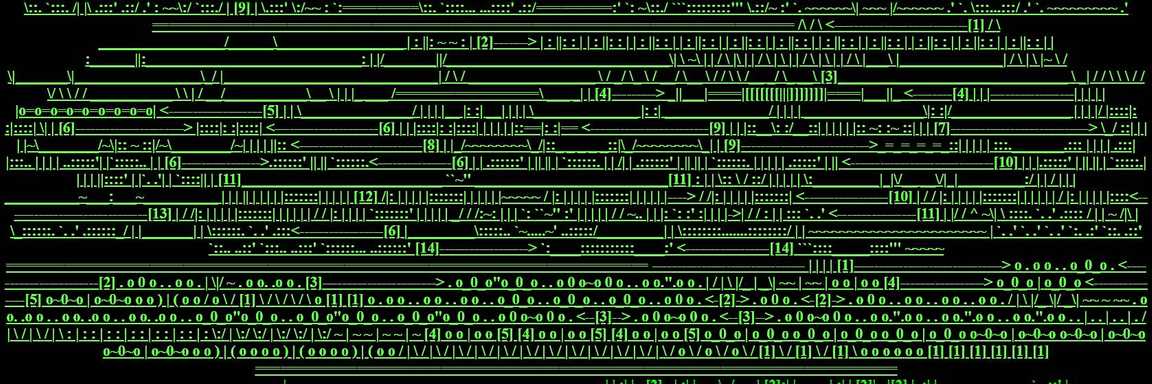
Net Art
Net Art is a set of artistic practices.
Rhizome has defined "net art" as "art that acts on the network, or is acted on by it." The term "net art" has been used more widely by artists than "internet art," which is more commonly used by institutions.
The term net art is often used as an abbreviated form of the more general term internet art, referring to any work that is made for or uses components employed by the internet. It encompasses more specific terms, such as software-based art and browser-based art. The term internet art can encompass a diverse range of characteristics and online works that are created for or influenced by the internet.
Viewing net art as a process rather than as a fixed object, Annet Dekker considers how this is influenced by and executed through other systems and users. Arguing that these processes and networks are imbued with ambiguity, she suggests that this is strategically used to create suspense, obfuscate existing systems and disrupt power structures.
The rapid obsolescence of hard and software, the existence of many net artworks within restricted platforms and the fact that artworks often act as assemblages that change or mutate, make net art a challenging case for conservation. The term net art can encompass a diverse range of characteristics and online works that are created for or influenced by the internet. In this way, internet art does not necessarily include photographs or videos of physical artworks posted online, but instead refers to artworks that play on the technology of the internet and its characteristics. As a result, these works are inherently dependent on the internet’s technological infrastructure and the problems that come with it, foremost it’s changeability. Changeability can mean not only changes exerted by the artist on the work but can also take into account external dependencies, such as applications, databases, libraries etc. on which a work relies to function. In other words, where change could cause loss or obsolescence. Yet these preservation obstacles can be difficult to address due to the proprietary nature of many external dependencies and a lack of knowledge on what is best preservation practice concerning these types of works. Thus, as part of LI-MA’s ongoing Infrastructure for Sustainable Digital Art project, several internet artworks are being investigated with the goal of building knowledge around their preservation.
To deepen the understanding of these works, LI-MA is using case study based research, in which one case, representative of a larger number of artworks, is used to determine methods for finding solutions to similar challenges and questions.
Questions raised by net art to be addressed included:
- What is acquired and transferred?
- How can the artwork be exhibited in the future?
- How to present an interactive net art piece in a way that encourages interaction?
- How can the interaction and/or synchronization be mapped and the technology preserved?
- How can knowledge concerning how to maintain the work be transferred?
- How do the different versions relate to each other?


